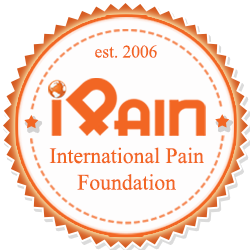Craniosynostosis is a birth defect in which the bones in a baby’s skull join together too early. This happens before the baby’s brain is fully formed. As the baby’s brain grows, the skull can become more misshapen. The spaces between a typical baby’s skull bones are filled with flexible material and called sutures.
The causes of craniosynostosis in most infants are unknown. Some babies have a craniosynostosis because of changes in their genes. In some cases, craniosynostosis occurs because of an abnormality in a single gene, which can cause a genetic syndrome.
- Full or bulging fontanelle (soft spot located on the top of the head)
- Sleepiness (or less alert than usual)
- Scalp veins may be very noticeable
- Increased irritability
- High-pitched cry
- Poor feeding
- Projectile vomiting
- Increasing head circumference
- The main treatment for craniosynostosis is surgery to make sure your child’s brain has enough room to grow. Surgeons open the fused fibrous seams (sutures) in your child’s skull.
- Surgery helps the skull grow into a more typical shape and prevents a buildup of pressure on the brain.

